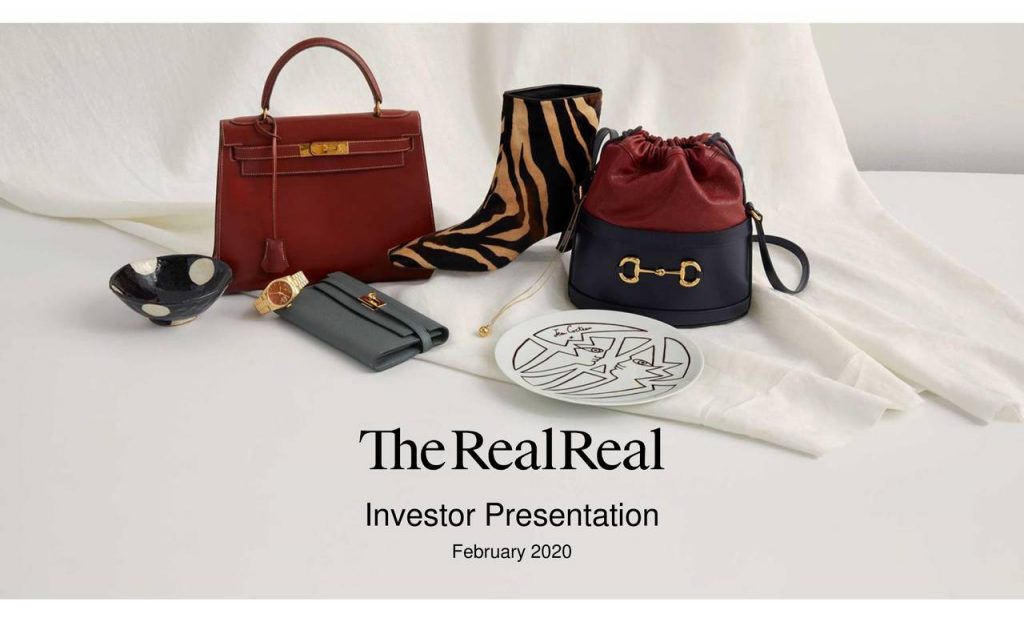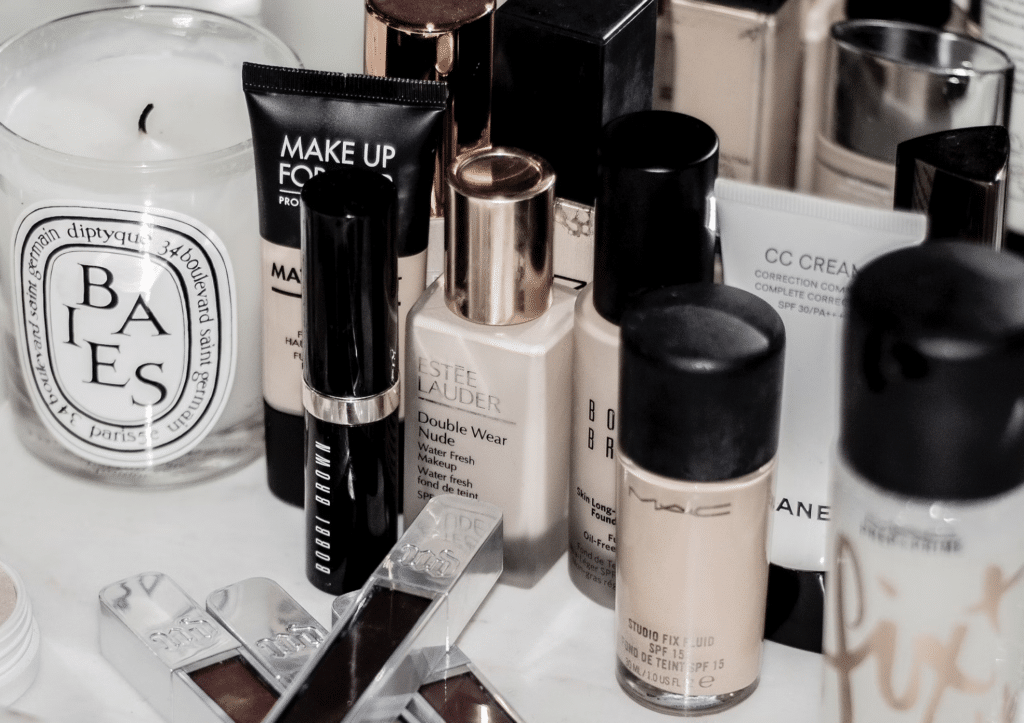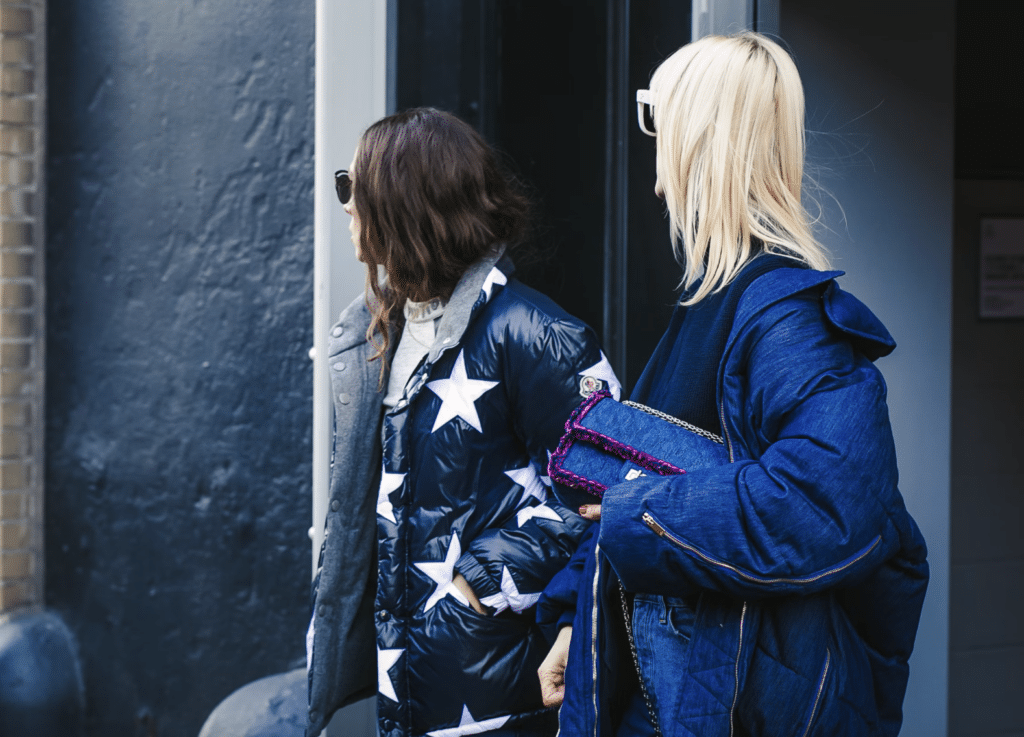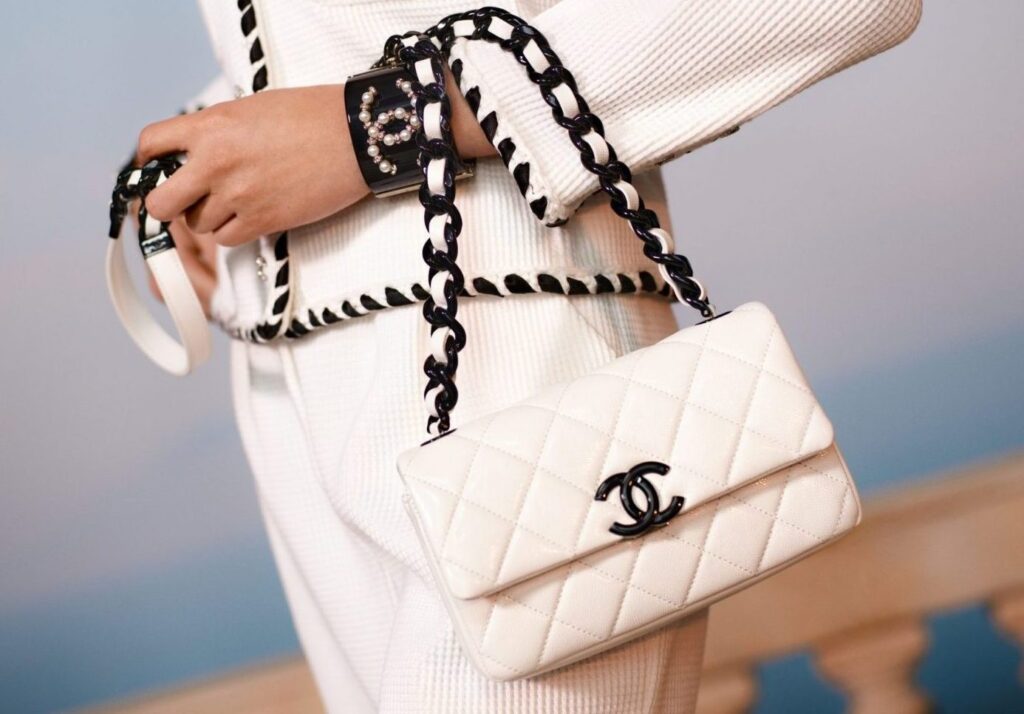“Americans are value shoppers more than anything,” The RealReal’s founder and CEO Julie Wainwright told Forbes early this year, and she would know. For the past 7 years, she has been busy transforming the fashion industry and those in its periphery with her modern approach to consignment. The RealReal, a San Francisco-based luxury consignment venture, got its start in 2011 when Wainwright – the early dot-com entrepreneur, who previously held the CEO role for video retailer Reel.com and pet-supply company Pets.com – set her sights on the sale of pre-owned luxury goods.
Since then, the popularity of The RealReal (and the pre-owned luxury market, as a whole) has skyrocketed. As of July, Wainwright had raised $115 million in a Series G financing round, bringing The RealReal’s funding to a total of $288 million. Thanks to its 9 million members and its current statistic of more than 8 million items-sold, The RealReal is estimated to be generating more than $500 million in annual revenue, although it is not yet profitable.
The site, itself – which is smattered with pre-owned Céline tops, Rolex watches, Hermès bags, Chanel jewelry, and Manolo Blahnik mules, some of which are brand new; most of which are lightly worn – closes an important loop in the fashion system. According to Wainwright, it is actively helping to extend the life cycle of a huge number of products.
Moreover, all of the fashion-focused resale platforms, and there are quite a few, agree that providing consumers with a way to easily track the resale value of the products they buy and then the ability to sell them off at a later date leads to more – and pricier – retail purchases, thereby helping to boost (and not canabalize) brands’ sales.
The Business of Consignment
Taking consumers’ previously-owned wares and selling them to e-commerce shoppers has been the basis of The RealReal’s model for the past 7 years. High fashion shoppers and industry insiders, alike, in efforts to rid their closets of excess garments and accessories, can have their items picked up (in 60 different cities) or can ship them (for free) to The RealReal, which then authenticates, prices, photographs and lists them on its site. When an item sells, the consigning party gets a percentage of the sale price (50 percent for items priced at $200 or below, and up to 70 percent for products that sell for $10,000 and over) and The RealReal takes a cut.
In order to entice consignors, The RealReal engages in targeted digital advertising, sends direct mailings, hosts events, and maintains an active social media presence. It also boasts an expanding brick-and-mortar presence in New York and Los Angeles, and has opened pop-up shops in San Francisco and Las Vegas.
These physical outposts are meant to attract shoppers, of course, but also to lure in consignors. “It is a marketing tactic and sales tactic and product acquisition tactic,” Wainwright told Forbes in February. “We get lots of high-quality consignments when we do pop-ups.” The ability to entice consignors is of critical importance, since consumers’ products are the bedrock of the consignment business model.
Expansion Mode
With significant expansion plans in the works, Wainwright’s eye for evolution, and continued buzz that an initial public offering is in the pipeline, an additional point of growth has been underway at The RealReal. The consignment site is incorporating elements from the traditional off-price liquidator model. In other words, The RealReal appears to be looking beyond consumer consignors to businesses, including brands and authorized retailers, that want to off-load garments and accessories, thereby, putting it in the close-out space, as well.
Consider this: Listed amongst the tens of thousands of pre-owned garments and accessories, and the stray, “new with tags” items – such as a one-off pair of Alaia Lasercut Suede Ankle Boots or a single Valentino Silk-Blend mini skirt) –which that are currently being offered on The RealReal’s website, are at least a dozen Oscar de la Renta Strapless Silk Dresses (ranging in sizes from 2 to 14) – all the same style, condition, and price – all new with tags.
The same goes for the multitudes of Brunello Cuccinelli jackets, Alexander Wang knits, Givenchy and Prada dresses, Calvin Klein Collection and Marc Jacobs tops, Chanel and Tom Ford sunglasses, and Miu Miu booties – and all new with tags. And the list goes on. There is even a whole slew of Yeezy x Adidas 2018 500 Desert Rat Super Moon Yellow Sneakers, for instance, ranging from 5 to 13, including some duplicates, available for sale – all with tags.
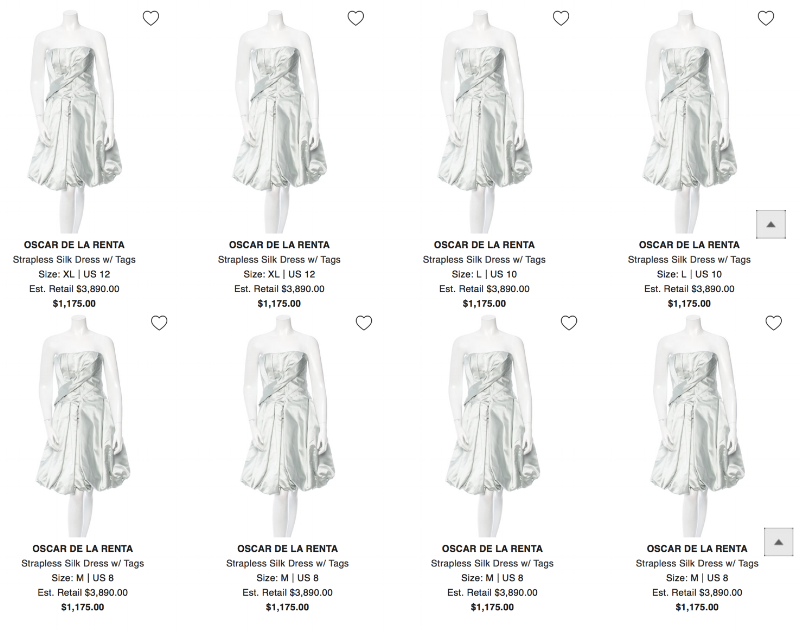
While brands have been relatively tight-lipped about their work with The RealReal, Wainwright stated at Recode’s Code/Commerce event in 2016, “We work with retailers.”
It is not surprising that many companies want to keep their efforts under wraps, as the practice of off-loading unsold seasonal merchandise – or even some in-season wares – to retailers, such as T.J. Maxx and similarly situated companies, is a common tactic of both fashion brands and high fashion retailers, but it also is a largely secretive one.
Nonetheless, an executive for Kering, the Paris-based parent company of Gucci, Balenciaga, Saint Laurent, and Bottega Veneta, among other brands, revealed in an earnings call this spring that it is “collaborating actively with [The RealReal],” which likely explains the wide variety of “new w/ tags” Gucci sunglasses being offered on the site and the slew of “new w/ tags” Bottega Veneta dresses, wallets, and footwear, etc.
A spokesman for the conglomerate revealed early this month to the WSJ that its brands unload unsold clothes through discounts for friends and family and through outlet stores.
Speaking about The RealReal’s partnerships with brands and retailers, Rati Levesque, the company’s Chief Merchant, told TFL, “We partner with brands in a few different ways. Everything from the simple sharing of resale data to consignment partnerships and promotional relationships with like-minded brands around a shared mission.” Also in the mix? “Vendor relationships, which are, by design, a very small part of our overall product, but enable us to continue to build relationships with the brands.”
Levesque says that while “some brands are more open to [partnerships] than others, we are seeing the shift start to happen – brands are starting to realize that consignment players are helping extend the reach and covetability of their brands.” After all, an item with a strong resale value, she says, “can strengthen the brand overall.”
Additionally, “Something that we are seeing more and more as we open additional categories, (home, kids, sneakers),” Graham Wetzbarger, The RealReal’s Chief Authenticator, told TFL, “is that people who have consigned as individuals are now reaching out saying, ‘I’m the designer for X brand’ or ‘I own this company’ and want to work with us in a business capacity.”
It makes sense for both parties. Partnerships between retailers and brands, and resellers have, for years, proven to be useful in enabling brands and retailers to boost their sales, and to avoid negative ramifications on their bottom lines of their respective patterns of over-producing or over-ordering.
A testament to the magnitude of this business? Scattered across the country are brick-and-mortar stores that have built their names (and their multi-billion dollar fortunes) dealing in designer garments and accessories, albeit otherwise unsold ones. T.J. Maxx and Marshalls’ parent company, TJX Companies, for instance, brought in nearly $36 billion in revenue last year selling excess goods. That is almost 5 times greater than the $7.6 billion that Gucci and Balenciaga’s parent company, Kering, recorded for 2017, the most profitable year to date for the Paris-based luxury goods conglomerate.
Brands have become increasingly willing to engage in the business of liquidation, or the off-loading of excess merchandise at a discount. As luxury analyst Luca Solca told BoF this summer, “Brands tolerate” the sale of their goods into the resale market, and in reality, no small number of instances, actively participate in it. They do so “for the sake of making their short-term results better.”
In some cases, Solca says that such distribution – which sees brands and vendors selling otherwise unsold products off to companies (and thereby, pocketing money up-front), which turn around and sell them to consumers – accounts for between 5 and 10 percent of a brand’s annual revenue.
A Void in the Market
It appears that The RealReal is once again playing to its original strength of identifying an opportunity for itself in an untapped segment of the market. This time, instead of modernizing the age-old consignment model, it is seeking to fill a void being left wide open by the likes of traditional liquidators: e-commerce. “Off-price retailers do not sell online,” Deborah Weinswig, the founder and CEO of Coresight Research, told CNBC in July. As a result, “online apparel resellers argue that they pose a viable competitive threat for off-price retailers.”
Not only does The RealReal stand to steal market share from traditional off-price retailers by implementing liquidation elements into its web-based consignment business, it is solidifying the sustainability of its model by adding another player – or better yet, group of players – into the equation. There is value to be derived from the company insuring itself against the need to rely exclusively on the whims of consigning parties and the chance that from time to time, the in-coming products could dip in terms of volume and/or quality.
And The RealReal’s timing arguably could not be better. Just this month, Burberry made headlines when it announced that it will no longer destroy tens of millions of dollars of its unsold stock, which it has been burning despite the existence of its network of outlets. Chances are, other brands will be pressured – by transparency and sustainability-minded consumers and maybe even some corporate social responsibility-attuned shareholders – to follow suit. The RealReal and its 9 million members will be standing by.







